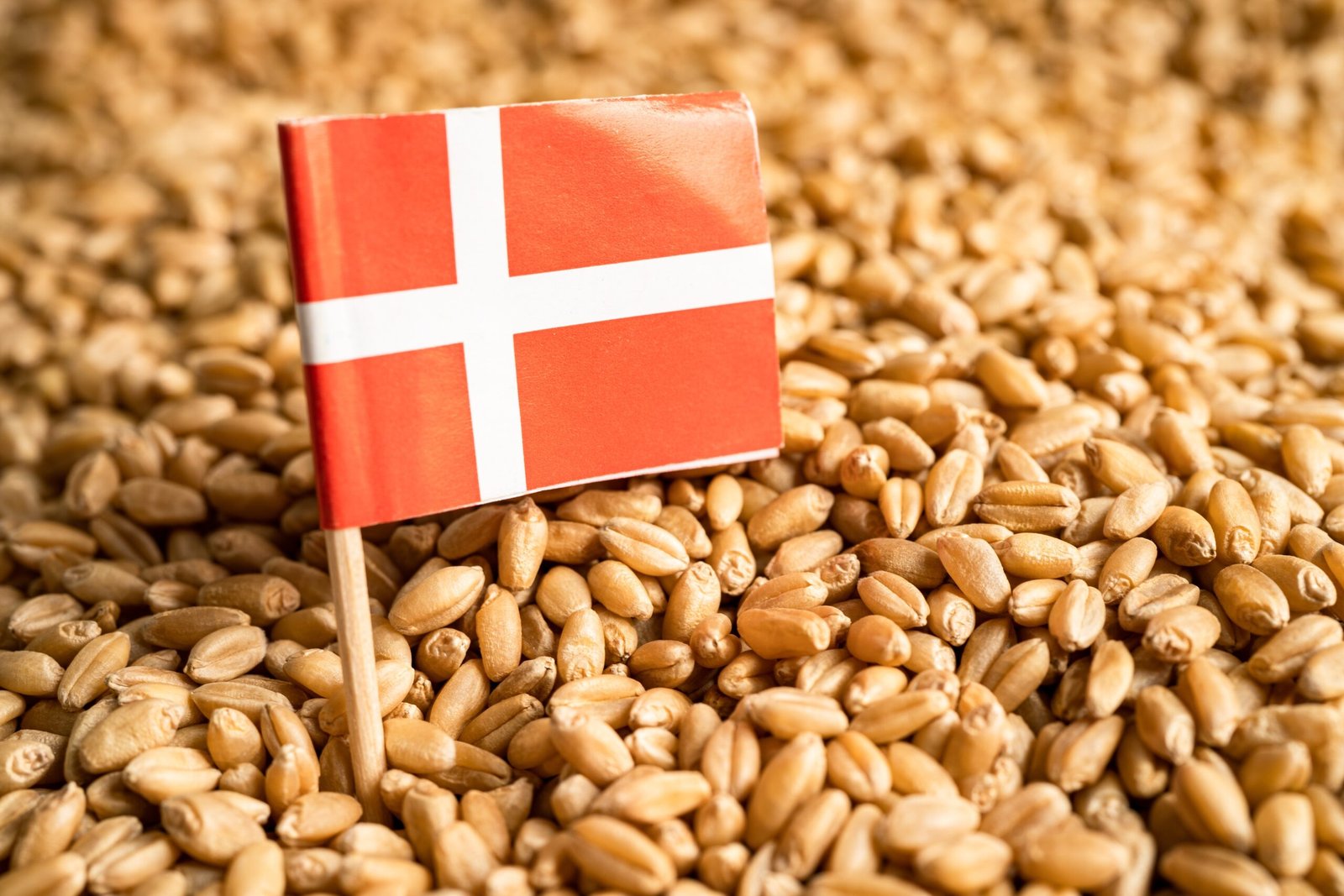Denmark’s push for whole grains reshaped diets and public health, offering a model for nutrition-focused policy worldwide.
• Denmark increased national whole grain consumption through coordinated public and private sector efforts.
• The country’s initiative led to improved dietary habits and serves as a model for other nations.
A Nationwide Strategy to Improve Public Health
Over the past decade, Denmark has undergone a quiet but far-reaching transformation in how its citizens eat — and whole grains are at the center of it. What began as a public health campaign has evolved into a national dietary shift supported by food companies, bakeries, schools, and supermarkets.
The Whole Grain Partnership, launched in 2008, brought together the Danish government, health NGOs, and major food producers to improve public health through increased whole grain consumption. Their shared goal was to embed whole grains into the everyday diet without requiring drastic changes from consumers.
The results are measurable. According to the Whole Grain Partnership, national whole grain intake rose from 36 grams per day in 2007 to over 82 grams by 2021. This brings Denmark in line with recommended intake levels from global health organizations.
Products carrying the official whole grain logo — a black-and-yellow symbol now widely recognized in Denmark — must meet strict criteria for fiber content and minimal added sugars. The logo appears on over 1,000 certified products, from breakfast cereals to bread rolls and pasta.
Industry, Retailers, and Schools Join the Effort
One reason for the program’s success is its collaborative model. Major retailers and food brands reformulated popular products to meet the whole grain criteria without sacrificing taste or price. Supermarkets promoted whole grain items on shelves and in circulars, while schools incorporated whole grain options into lunch menus and educational materials.
This multi-sector approach reduced the burden on individual consumers. Rather than asking people to change habits overnight, Denmark changed the food environment.
The government supported the initiative with national dietary guidelines and backed it with funding and research. The clear communication strategy around the whole grain logo also helped build trust with the public.
Health experts say the outcomes go beyond fiber intake. Increased whole grain consumption is linked to lower risks of heart disease, type 2 diabetes, and obesity. A study published in the British Journal of Nutrition found that Danes who followed the national whole grain guidelines had significantly better overall dietary quality.
The Bigger Picture
Denmark’s whole grain initiative shows how nutrition can be improved at scale without relying solely on individual willpower. By aligning policy, food production, retail, and education, the country created an environment where the healthier choice became the easier one.
In a global context where poor diets are a leading cause of disease, Denmark’s model offers lessons. It demonstrates that small, strategic shifts — supported by labeling, reformulation, and public messaging — can reshape national food habits. The success of the whole grain campaign suggests that food policy, when collaborative and sustained, can drive lasting change.
Jacob Anderson is a food journalist at EatGazette.com, covering culinary trends, food culture, and sustainability. He discovered his passion for storytelling while earning his journalism degree at the University of Wisconsin–Madison, where he first began exploring the deeper stories behind what we eat.


